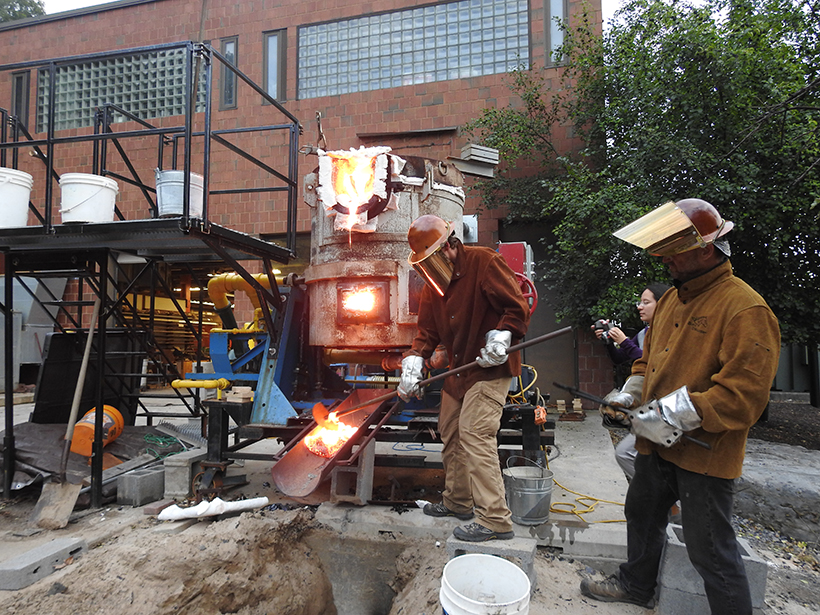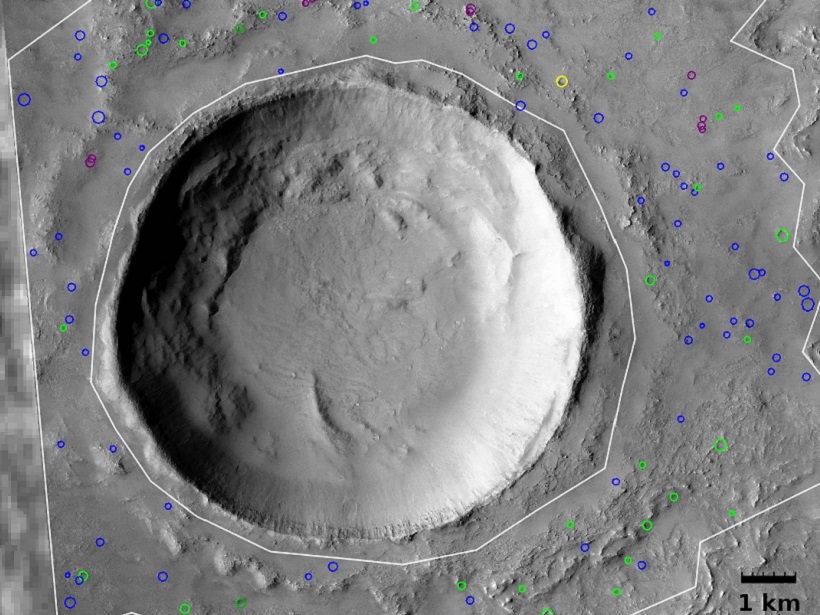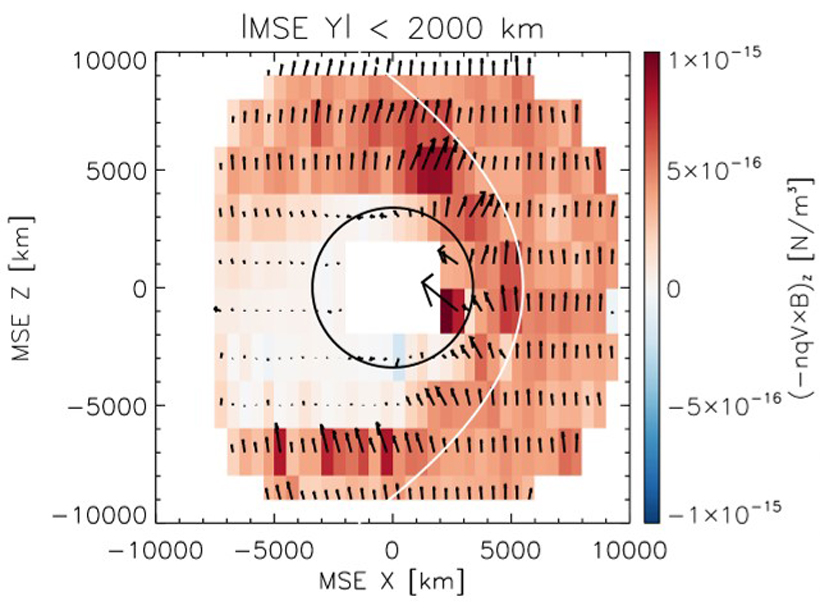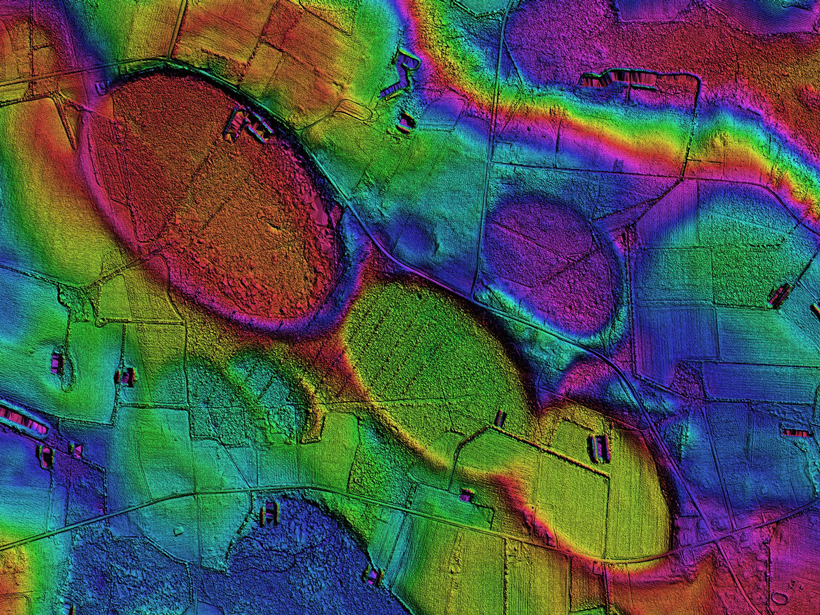Research uncovers more of Mars’s past, when flowing water may have been transient before eventually disappearing.
Mars
Homemade “Spatter Bombs” Can Reveal Volcanic Secrets
Researchers use trial and error to develop a technique to create volcanic lava bombs.
Long Term Preservation of Subsurface Ice on Mars
Layered-ejecta craters on Mars that are associated with impacts into rock mixed with volatiles have been formed throughout the planet’s history indicating the long-term preservation of subsurface ice.
History of Water on Mars’s Surface Is Longer Than We Thought
Curiosity’s two-step heating experiment of mudstone at Gale crater reveals minerals that formed in the presence of water less than 3 billion years ago.
Tests Indicate Which Edible Plants Could Thrive on Mars
An undergraduate experiment grew vegetables and herbs in simulated Martian soil under Mars-like reduced daylight. The tasty results suggest that Mars colonists could farm their own produce.
Where the Solar Wind Meets Mars
A comprehensive look at how the solar wind is diverted around Mars, including the relative strength of the three biggest forces at work in this region.
Four Planetary Landscapes That Scientists Can’t Explain
These are just a handful of the hundreds of mysterious features across our solar neighborhood that beg to be studied closer.
Where Did the Water Go on Mars?
Primordial solar storm conditions are believed to have significantly enhanced the loss of water and other atmospheric volatiles in Mars’ history.
A Rover’s Eye View of Moving Martian Dunes
A new special issue of JGR: Planets presents findings on sand motion, morphology, and mineralogy from the Curiosity rover’s traverse of the active Bagnold dune field in Gale crater.
Malin Receives 2017 Whipple Award
Michael C. Malin will receive the 2017 Whipple Award at the 2017 American Geophysical Union Fall Meeting, to be held 11–15 December in New Orleans, La. The award recognizes “an individual who has made an outstanding contribution in the field of planetary science.”









